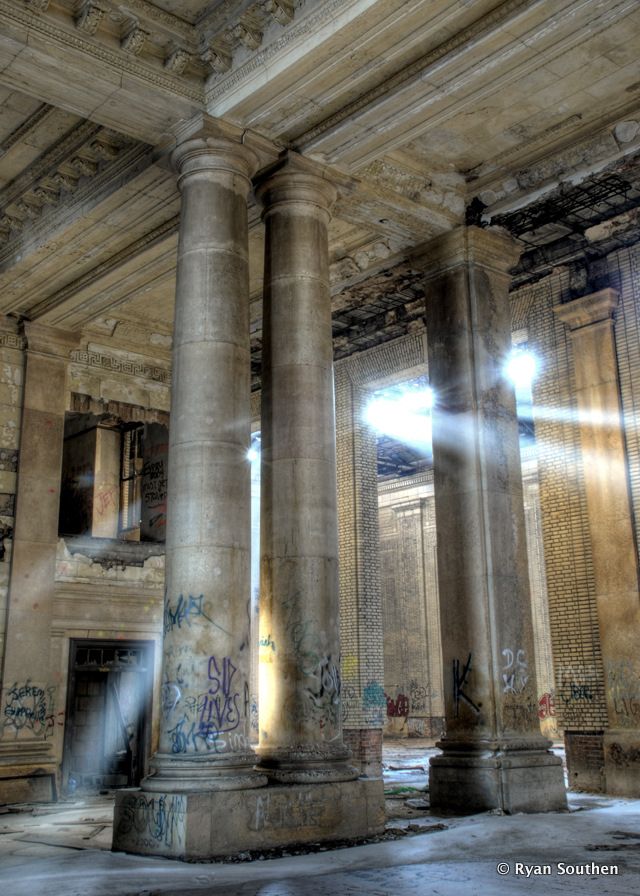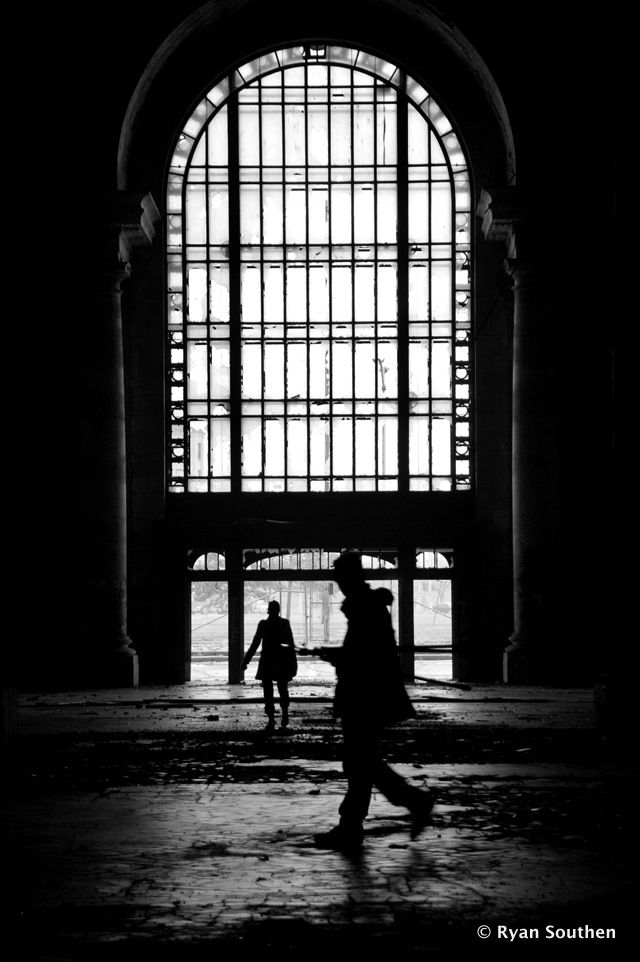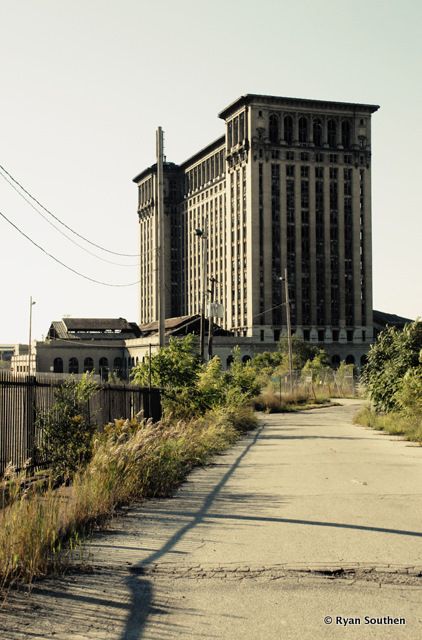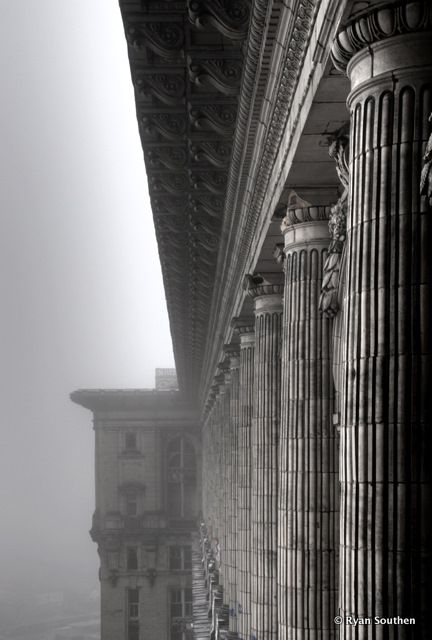NYC’s Forgotten ‘War on Christmas Trees’
Discover how an obscure holiday crackdown affects festive street vendors today!


The history of Detroit is a well-told story, whether taught in planning classrooms as a caveat against master planning, in economic textbooks as a quintessential industrial transition, or more recently made vivid through photographs on the internet by the popular fascination with absence and decline. But less investigated is the perpetuation of decline. In Verb Crisis, Jordi Bernadó raises the question, “What if Detroit is neither going up [n]or down, but simply elsewhere?” [1] I postulate that we must look beyond the physical manifestations of history. Buildings and photographs convey effect, but mask the complexities of cause. In a paper for Columbia University GSAPP, I looked specifically at government complicity in the private ownership of Detroit’s historical architecture. Historically, the Detroit municipal government has supported the privatization of city services,[2] but not of its infrastructure-at least officially. Even proponents of privatization in Detroit admit the documented abuses that have occurred in the past, including public officials who have advantageously and “aggressively used privatization, including of nearly all ”˜public works,’ to rescue themselves from insolvency.” [3] But Michigan Central Station, arguably one of the most prominent symbols of urban neglect in Detroit, is owned by one man: Manuel Moroun. Furthermore, much of the city’s historical architecture, including early 20th century theaters and hotels, are owned or controlled by one family: The Ilitches, of the Little Caesar corporation.


Photographer Ryan Southen witnessed the rapid interior decay of Michigan Central Station over the last few years, as the building awaits its fate. Moroun is embattled in a legal struggle over a bridge to Canada(bridge to nowhere?) and no official progress has been made apart from sporadic public fear about the station’s potential demolition. Ironically, much of the decay is due to the public fascination with the place.
Ryan tells Untapped: The station is absolutely massive and hulking and almost intimidating when you are trying to get in for the first time. The first time, I was on my toes, not knowing what to expect, then I made my way up into the grand spaces and my jaw literally dropped. It’s incredible. It was designed by the same architects who did Grand Central Station in New York, so you can imagine that grandeur just based on that. The first time I went was in 2005 before it blew up as a hot spot for people to visit. There was some graffiti and vandalism but nothing too extreme. The last time I went in was in 2009 and I was amazed with how much damage had been done in four years. I’m sure it is in even worse shape as I write this. The mayor is starting to put some pressure on the billionaire who owns the station so I’m hoping something will happen with it soon, but I fear that it will be demolition and not restoration.





Follow UntappedCities on Twitter and Facebook. Get in touch with the author at @UntappedMich and the photographer @RyanSouthen
[1] Bernadó, Jordi. “Detroit, Defunct City?” Verb Crisis. New York: Actar, 6. (2008): 65.
[2] Segal, Geoffrey. “Detroit Can’t Afford to Stall Privatization.” The Reason Foundation. 20 April 2006. Web. 8 Dec 2009. < https://reason.org/news/show/122795.html>
[3] Ibid.
Subscribe to our newsletter